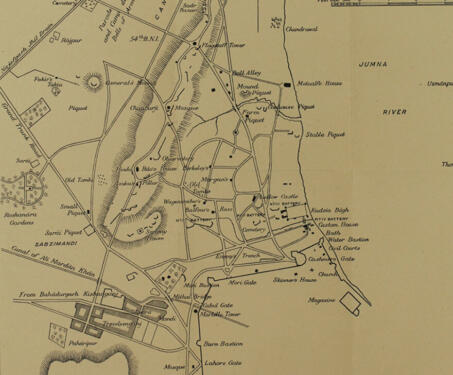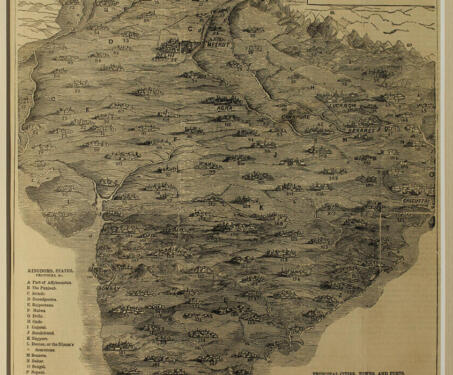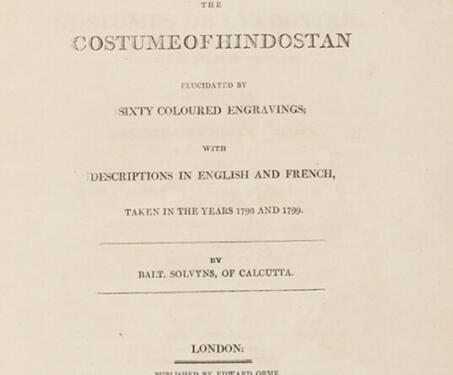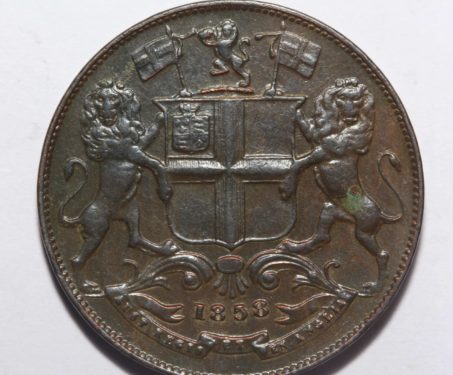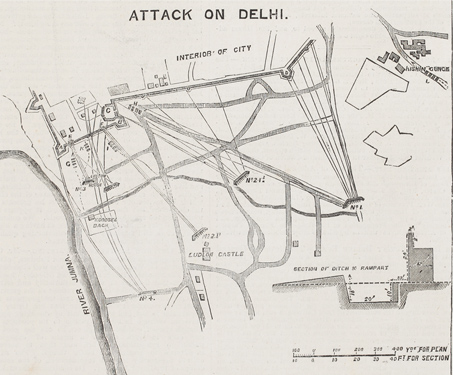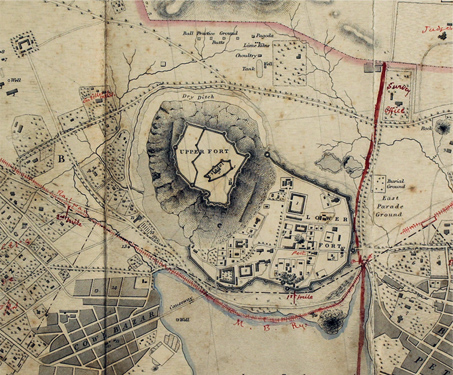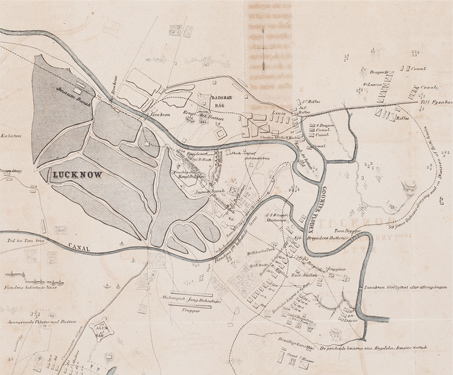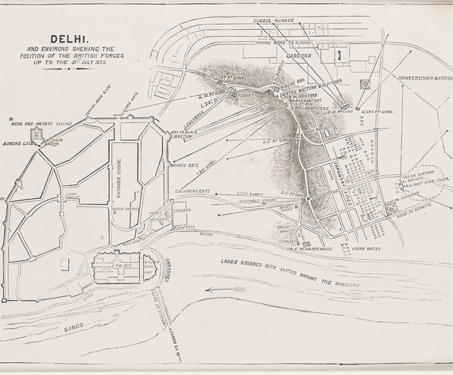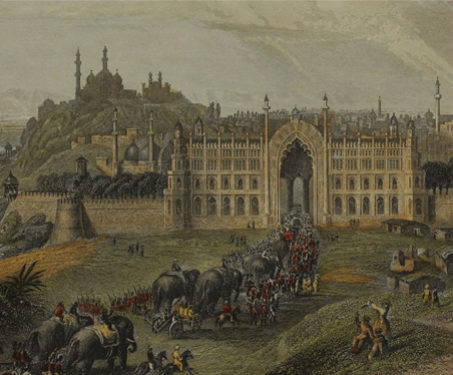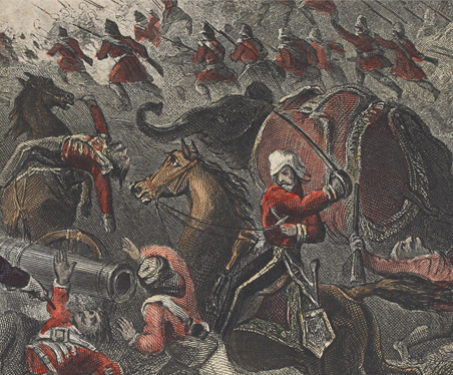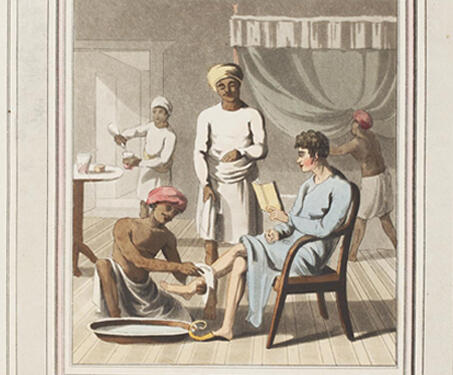

Europeans in India: From a Collection of Drawings by Charles D’Oyly
‘The European in India; from a collection of drawings by Charles D’Oyly, Esq. engraved by J.H. Clark and C. Dubourg; with a description by Captain Thomas Williamson; accompanied with a brief history of ancient and modern India…by F.W. Blagdon Esq.’ is a collection of English colour plates about colonial life in India, with plates after… Read more »

